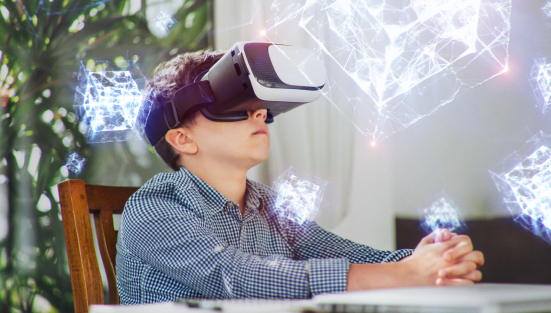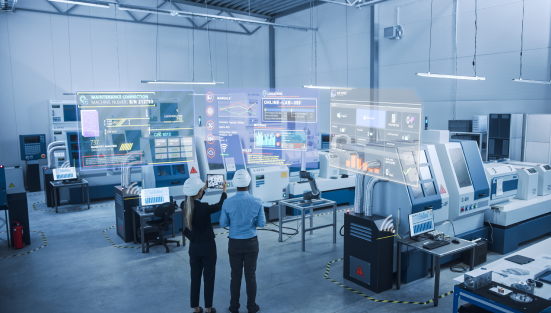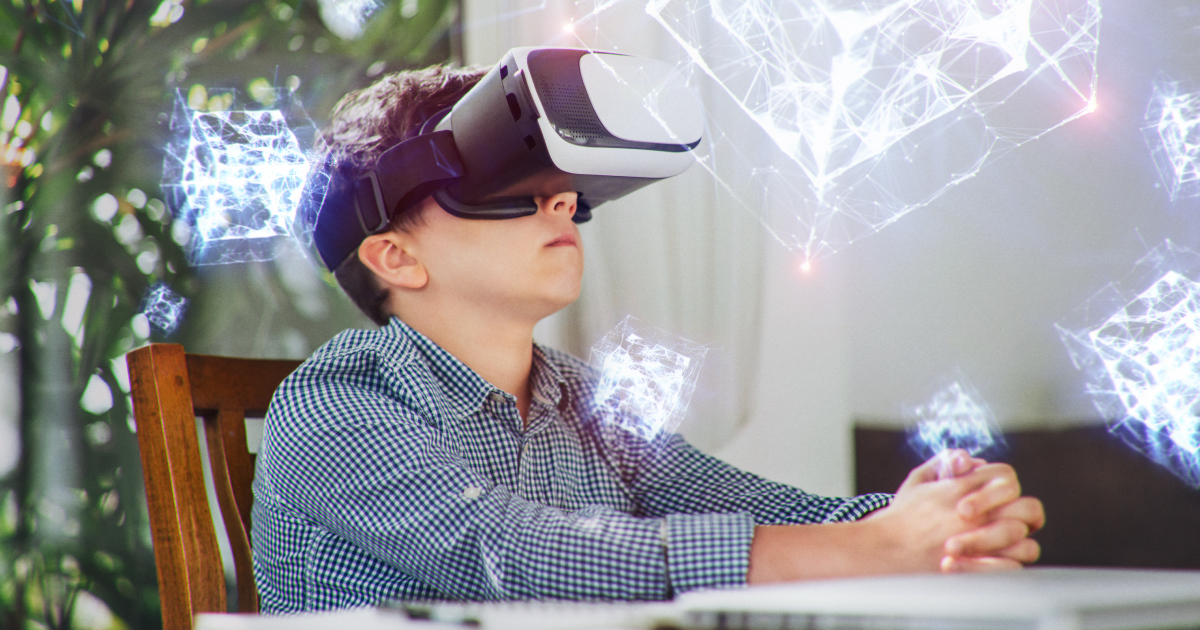Why Organizations Need an AR-VR Strategy
- Virtual Reality
There is a fundamental disconnect between the wealth of digital data available to us and the physical world in which we apply it. Data is often restricted to two-dimensional pages and screens, whereas the reality or physical world is three- dimensional. The gap between the physical and digital worlds prevents us from fully utilizing the wealth of data and insights generated by the billions of connected, smart products (SCPs) in use today.

This gap is expected to be filled by augmented reality and virtual reality, a set of technologies that superimpose digital information and images on the real world.
Augmented Reality and Virtual Reality (commonly abbreviated as AR and VR respectively) are technologies that either enhance or replace a real-life environment with a simulated one. Augmented Reality (AR) augments the surroundings by adding digital elements to a live view, often by using the camera on a smartphone. Virtual Reality (VR) is a completely immersive experience that replaces a real-life environment with a simulated one.
Why Organizations Need an Augmented Reality Strategy
AR and VR enhance how people engage with products, see information, and receive and follow instructions
While people may be aware of Augmented Reality (AR) applications like Snapchat filters, AR is being extensively used in business applications too. Pioneering businesses have already started using it, with significant improvements in quality and productivity, evident in product development, production, logistics, marketing, service, and training.
Use In Healthcare
Applications like AccuVein use AR technology to turn a patient's veins' heat signature into an image superimposed on the skin, making it much easier to find them.
Specialists that need to carry out extremely precise surgeries can practice using VR without having to deal with an emergency. Additionally, practitioners who need to familiarize themselves with a hospital setting, can do so without added stress. The technology is also employed in cognitive behavior therapy, which gives patients with phobias and anxieties a safe environment in which to work through their issues.
Use in Manufacturing
As consumer preferences change, there is a growing need for new products. The resulting increased competition benefits businesses that can provide new products swiftly. The transition from idea to product must happen as quickly as possible. In the manufacturing sector, every second counts. Even the smallest error in a single design or layout can cost millions of dollars on today's automated manufacturing and OEM floors, which never stop moving. Although there are other significant players in this value chain, the process of product design takes centre stage. Product designers have realized the necessity of accelerating design processes and assisting businesses in bringing new and unique items to market as speedily as possible

Virtual reality is extensively used in the development of smart cars that are likely to flood the market in future. Cars learn how to drive, take turn, and when to stop using artificial intelligence (AR) and virtual reality.
In the earlier times, engineers had to continuously compare the actual physical ship with intricate 2-D plans. Today, AR allows them to see the finished design superimposed on the ship, which reduces the amount of time needed for inspection by almost 96%.
Scope
Virtual and augmented reality is attracting a lot of interest and holds great development potential. According to Tim Cook, CEO, Apple Inc, “I think that we’re still in the very early innings of how this technology will evolve. I couldn’t be more excited about the opportunities we’ve seen in this space, and sort of stay tuned and you’ll see what we have to offer.”
To learn more about the core concepts of AR and VR, learners can register on FutureSkills Prime and access courses aligned to industry standards and validated by the Government of India.
Written by C-DAC Pune


